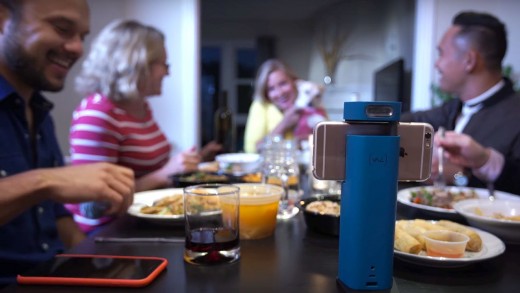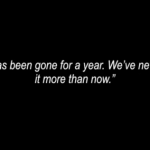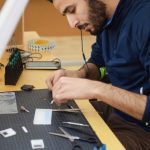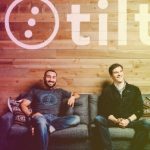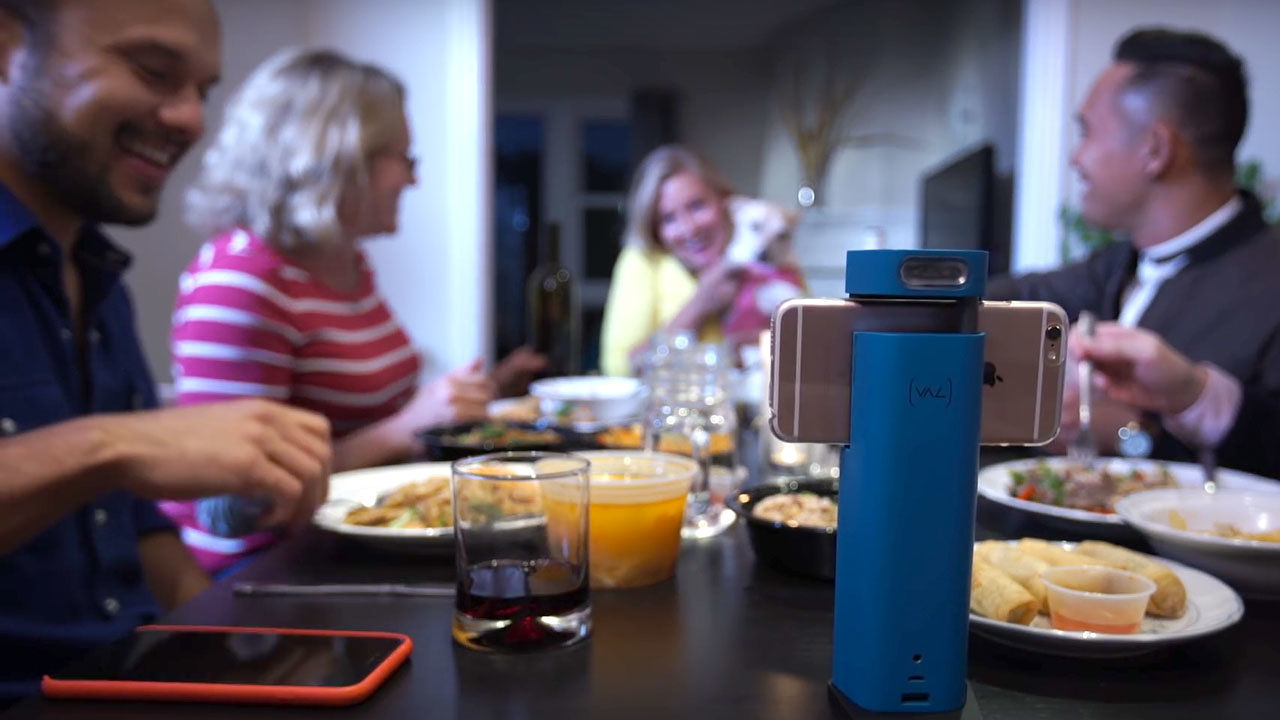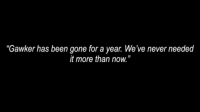This Hardware Design firm Is using Crowdfunding For Its complete Product Pipeline
large Labs, led with the aid of the top of Stanford’s design program and two co-founders, wants to construct a product design firm without VC money.
Launching an organization in Silicon Valley in this day and age, although much cheaper than a decade in the past, continues to be a fancy process, specifically relating to designing and selling physical goods rather than tool.
Many project capitalists are cautious of getting taken with an organization if they don’t see the potential for giant payoffs down the line. they want hockey-stick boom and big returns.
To bill Burnett, the chief director of Stanford’s design program, who had been through this course of multiple times up to now, there had to be otherwise.

“The closing startup I did,” he remembers, “we raised $6 million, employed 15 engineers, and it took two years. The product failed, and we had been carried out. [There] used to be an out of this world amount of waste in that model.”
That’s why Burnett, along with cofounders Elisa Jagerson and Savannah Peterson, have launched massive Labs, a Palo Alto, California product design startup that may well be the primary of its type, an “extremely gentle” company with virtually no overhead and the flexibility to prove hardware merchandise because of skilled designers and the ability to get a great read available on the market’s pastime in its wares lengthy prior to having to make any kind of massive funding.
large Labs was constructed on the again of what by means of now an obviously well-dependent and smartly-oiled gadget: crowdfunding. In its easiest essence, the company is trying to lift cash to strengthen, manufacture, and promote every of its merchandise thru crowdfunding campaigns.
“It’s an incredible game changer,” Burnett says of crowdfunding. “you take an idea, do the ethnography, be aware the necessity, and take your concept straight to the gang and get a thumbs-up or down. That changes product building significantly, permitting you to begin with a a lot smaller staff.”
In impact, massive is leveraging the entire tricks that countless others have discovered about methods to make merchandise by means of crowdfunding campaign. but where most designers have used these campaigns as one-offs—with some of direction sooner or later resulting in very winning companies—huge is the use of them for each and every person product, all within the context of a company that treats each and every product as a discrete part, unbiased from the others.
the game plan is unassuming. Burnett and his cofounders work with Speck Design, a Palo Alto design agency that has done work for A-checklist purchasers like Google, Cisco, and Mercedes-Benz, when they need design or engineering work. If Speck Design is just too busy, they can flip to different native design firms which might be within the founders’ networks, or a company like PCH international.
All of that, Burnett says, makes its that you can think of for massive to “virtualize China,” which means there’s no necessity for the pricey, and time-ingesting course of of creating prototypes, waiting for chinese language producers to make them and ship them, then repair, and repeat.
With its crowdfunding means, massive can silo each challenge. If a product is a hit, the corporate has a built-in neighborhood of evangelists, as well as a distribution edition. It then can sell the product on Amazon, or take it to retail. If it’s no longer a hit, it might probably write off its minimal investment in the undertaking, and move on to the following one.
Therein lies the irony in the firm’s title. “You’ve built a whole firm with four or 5 folks,” Burnett says. “That’s form of the comedy of calling it large.”
Design experience
What actually units large aside from others who’ve taken the crowdfunding approach to product design is the founders’ long expertise in the container, as well as their network. in spite of everything, Burnett is also the top of Stanford’s design program. It’s that heritage that distinguishes the corporate, according to people who are acquainted with what it’s attempting to do.
“With massive Labs, they’re bringing [significant] product design expertise” to the desk, says Jessica Herrin, the founder and CEO of Stella & Dot, a San Francisco-based social selling firm catering to girls. That’s “often the toughest part, getting past prototype, and bringing out your first sellable goods. They’re bringing [years] of design and manufacturing [experience] to this market.”
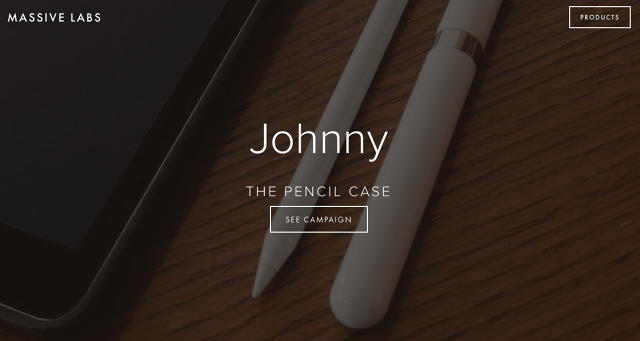
Herrin says she thinks that massive is sensible to put its eggs within the crowdfunding basket, because that suggests the corporate can direct its real energies to products which have true attainable. “What i love about it,” she says, “is you’re not going to get a long way until there’s actual client demand.”
Craig Ciesla, the CEO of Tactus know-how, consents. “i feel that’s a beautiful innovative technique to say, ‘We’re going to have a pipeline of merchandise and the first step in our advertising validation might be crowdfunding,’” Ciesla says. “distinction that with regular gross sales channels, where it’s a must to have the product as regards to transport earlier than you get validation. Crowdfunding permits you to get that validation far earlier and at a a long way lower price.”
First merchandise
massive’s first two products are a case for the Apple Pencil, and an “all-in-one media studio that fits on your hand” that’s form of a selfie stick on steroids. often called Johnny and Val, respectively, the two products have been launched on Indiegogo, Johnny with a $sixty five,000 goal, and Val $350,000.
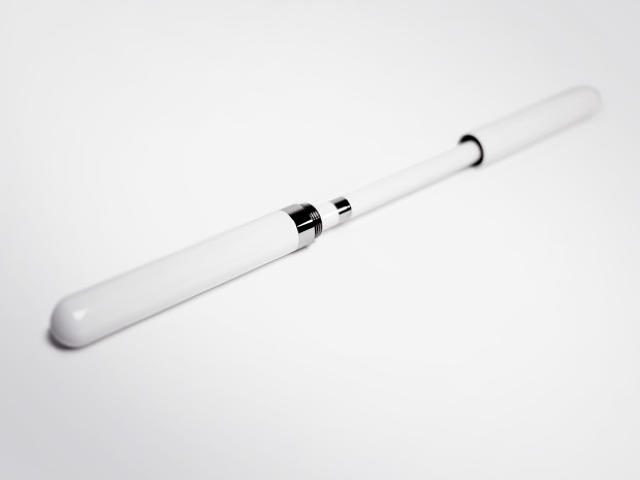
sadly for the corporate, those campaigns haven’t shown the promise that vast hoped. The Apple Pencil case fell reasonably a bit of in need of its purpose, and in the early going Val hasn’t caught fireplace in the way of some campaigns, like Exploding Kittens, the card game that blew prior its $10,000 goal on Kickstarter and ended up raising more than $8 million.
large cofounder Peterson doesn’t assume the poor efficiency of Val and Johnny undermine the company’s prospects.
“With Johnny, it is beautiful straightforward,” Peterson says. “The ‘botched’ roll-out of the Apple Pencil has made it challenging. [Johnny got] a good quantity of press and sells constantly day-to-day, nearly as the pencils are shipped out. We tried to time the launch completely, and could not have known they’d be so delayed coming out.”
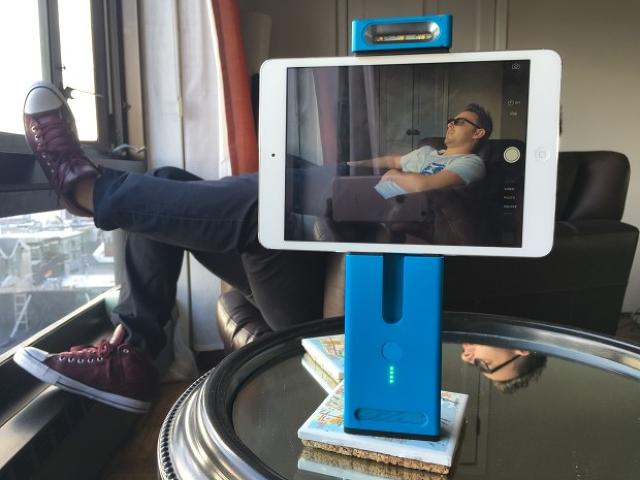
In a technique, Peterson says, even supposing Val and/or Johnny don’t be successful, the experience nonetheless validates huge’s model, since the firm doesn’t have to place many instruments behind both or each merchandise and can transfer on to the next ones.
“Hardware takes a number of generation,” she says. “it’s not daunting for us to indicate that facet of the method too. The campaigns have opened dialogues that validate the market match regardless as in, even though they don’t fund on Indiegogo, the campaigns appeal to enough attention to get the appropriate events on board.”
Six A 12 months
in keeping with Burnett, massive’s pipeline is prone to embrace about six merchandise a year, roughly one each two months. although the corporate will have more concepts than that, its small crew can handiest handle so much. actually, Burnett says, he thinks it will take more than large’s current roster of 4 to handle a product launch—and managing its Indiegogo or Kickstarter marketing campaign— every two months.
So can huge if truth be told earn cash? certainly, it’ll need its products to do higher than Johnny and Val are doing, but Burnett believes that its lean workforce will enable it to be winning even though simply half of of its products meet their funding goals.
some of the key metrics is that meeting a goal as soon as greatly increases the chances of doing it once more the next time. Burnett cited a Kickstarter find out about that steered that best forty five% of campaigns on that platform get funded. but when anyone has carried out a 2d campaign, the rate rises to 60%, and 0.33-timers succeed at a price of 80%.
That’s because, he says, repeat product builders increase a model or a sense of trustworthiness, in addition to a following.
“i believed, ‘Wow,’” says Burnett, describing the impetus for beginning huge, “in the event you’re talking about a better than eighty% chance of funding, I don’t comprehend of any other version where you’re nearly guaranteed to fund, where you’ve constructed a following of investors who don’t get any equity. they only get the product at the finish.”
Correction: An prior model of this submit incorrectly recognized invoice Burnett’s place at Stanford.
(40)

